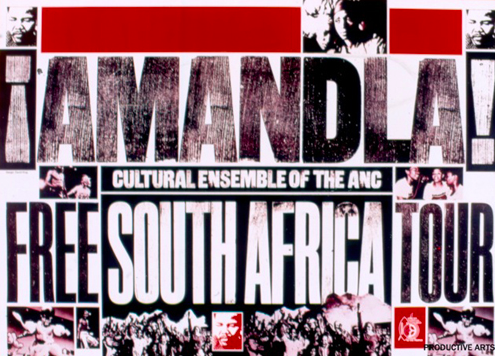I’m a planner, I read, lots. It’s the job. Recently I’ve become fascinated by the best seller lists in non-fiction. There’s appears to be a rather prescient theme running through all the titles; the world is shit here’s how I/you can deal with it. It’s like an end of the world self help group reading list.
The titles sort of divide into two camps. One, the voices of the hidden. Tales from the unseen struggling in a world of chaos; The Secret Barrister, Junior Doctors, Chernobyl workers. Then there are the evangelists of self-help offering you salvation from a world in chaos; ‘Surrounded by idiots’ ‘Subtle Art of not Giving a F*ck’ etc, oh and a stack of ‘rules of life’ stocking fillers
So why all the doom and despair?
I’m sure its not escaped your attention, globally and parochially here in the UK; the current outlook is less than chipper. Politics appears just made up as it goes along without a care for truth or expertise. Legacy businesses are struggling with technology and ‘value engineering’ i.e. ‘can you do it cheaper?’ Plus we appear to have truly screwed the environment in which we live. Interesting too that the drug of choice right now is Ketamine or as The Cut magazine recently wrote it’s the party drug for the end of the world. The perfect match for today’s dislocated youth.
But is there more to the perpetuation of doom? Many current populist political leaders are leaning on the hidden enemy troupe. Spelling out to their supporters that the reasons behind current woes are ‘those over there’ a nebulous hidden force at work in the shadows. A collective of many whether its generically ‘the media’ or a cabal of billionaires. It’s a convenient narrative to have in popular culture as it detracts from what really matters. Genuine changes that help mankind.
This kind of conspiracy chic is interesting as it’s currently the 30th anniversary of the Berlin wall coming down. Which brought to an end the epitome of what a real conspiracy culture can create. Erich Honecker’s East German regime was built on and maintained by paranoia of hidden enemy’s. Even to the extend of children informing on their own parents. But unlike today’s leaders flirtations with conspiracy themes. In East Germany it became frighteningly real. People died, mainly trying to escape from the terror.
So yes it does matter, fuelling a conspiracy chic has consequences. Clearly it also sells a lot of books. But can we rise above this or maybe it’s as fruitless as Elton John attempted to get his record company to do something about the wind outside his bedroom. A long held urban myth that he delightfully confirms as true in his scurrilously brilliant memoir, Me. Currently sat at the top of this list of books I’ve been talking about.
Look your world may seem a tad grim right now, but in most cases its not, made up as it is, of a stack of artifice that has been generated to serve others. Head up to the light and consider what you can change. Oh yeah and don’t forget to register to vote. Now that really matters





















